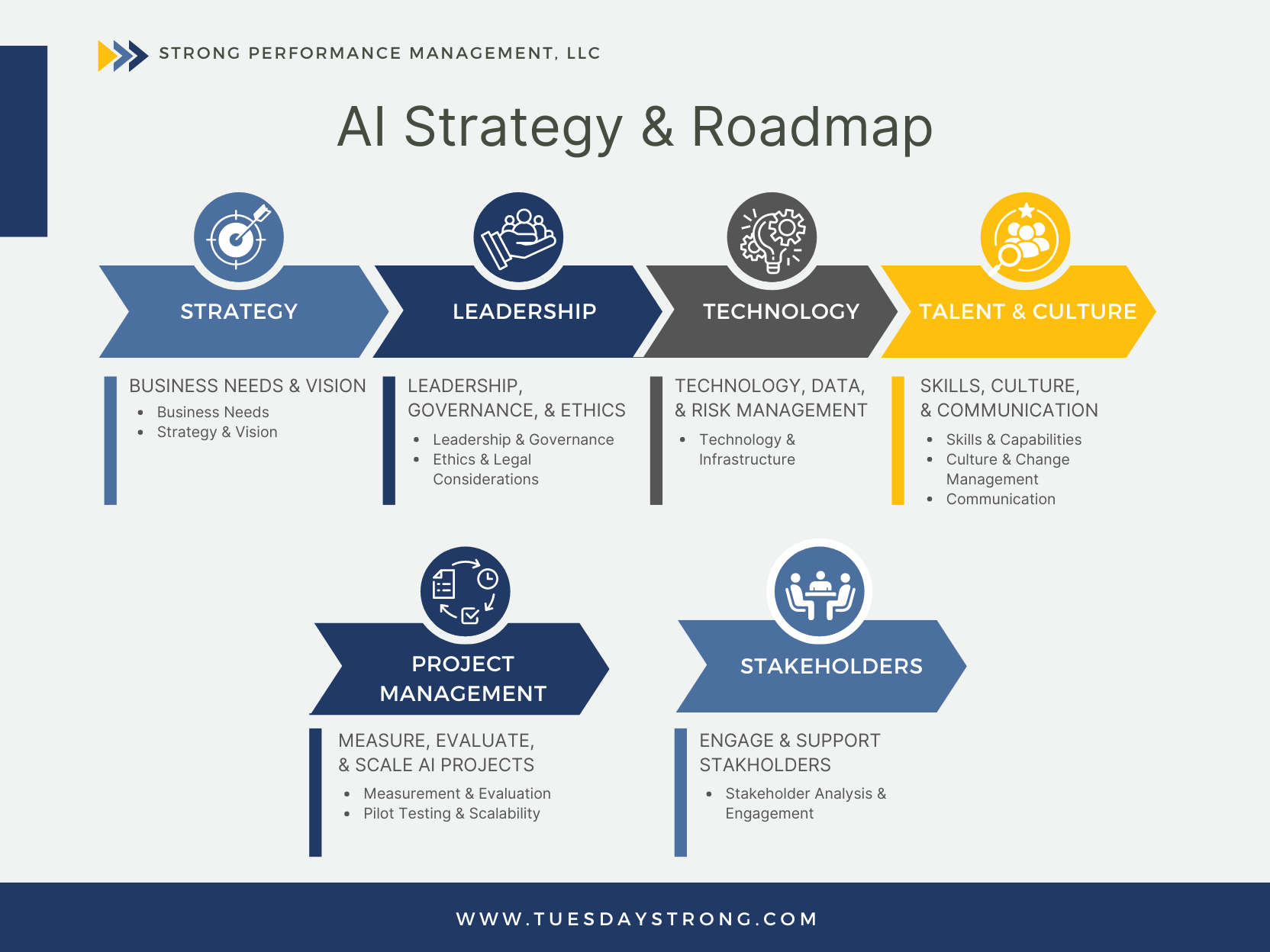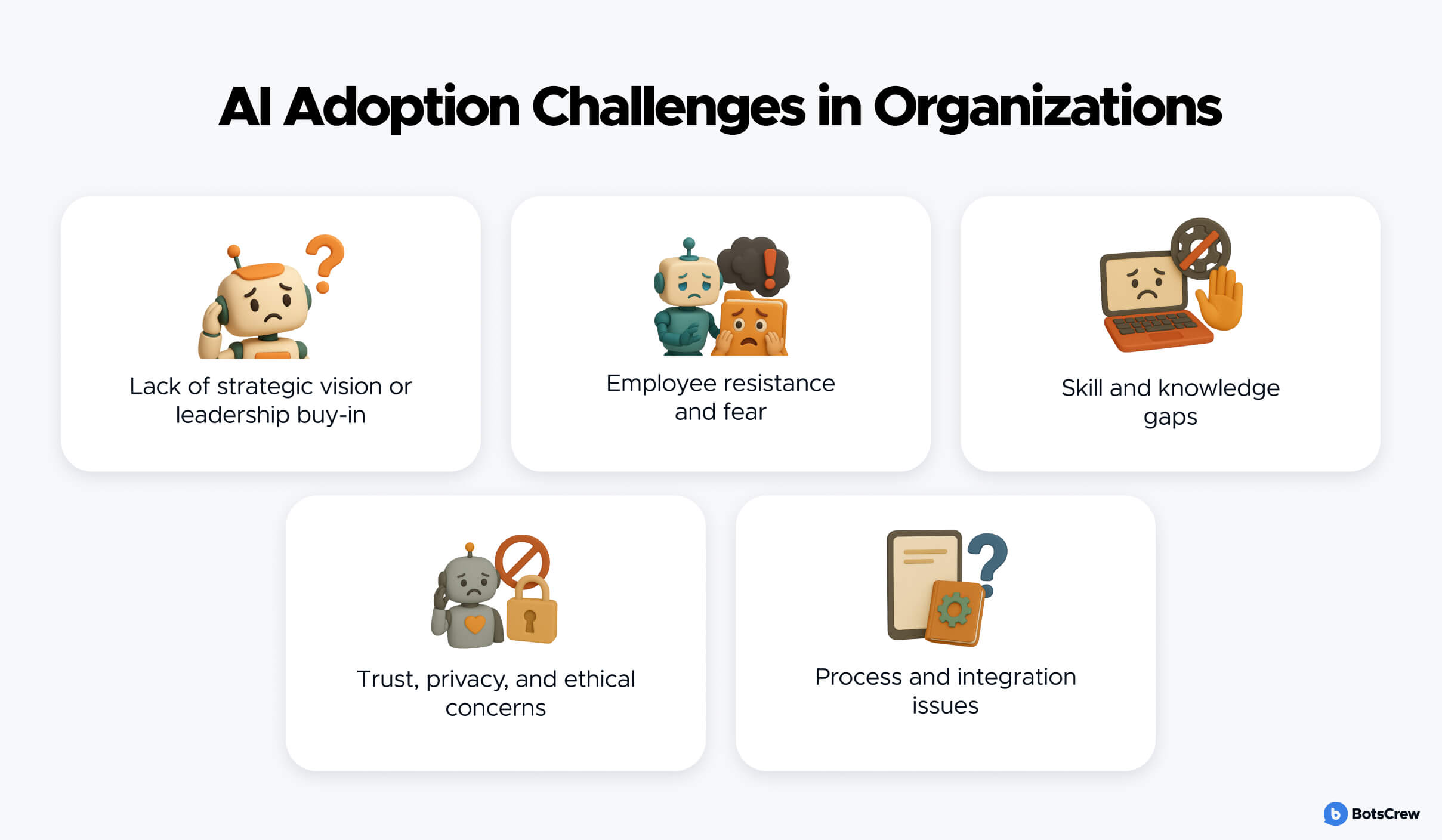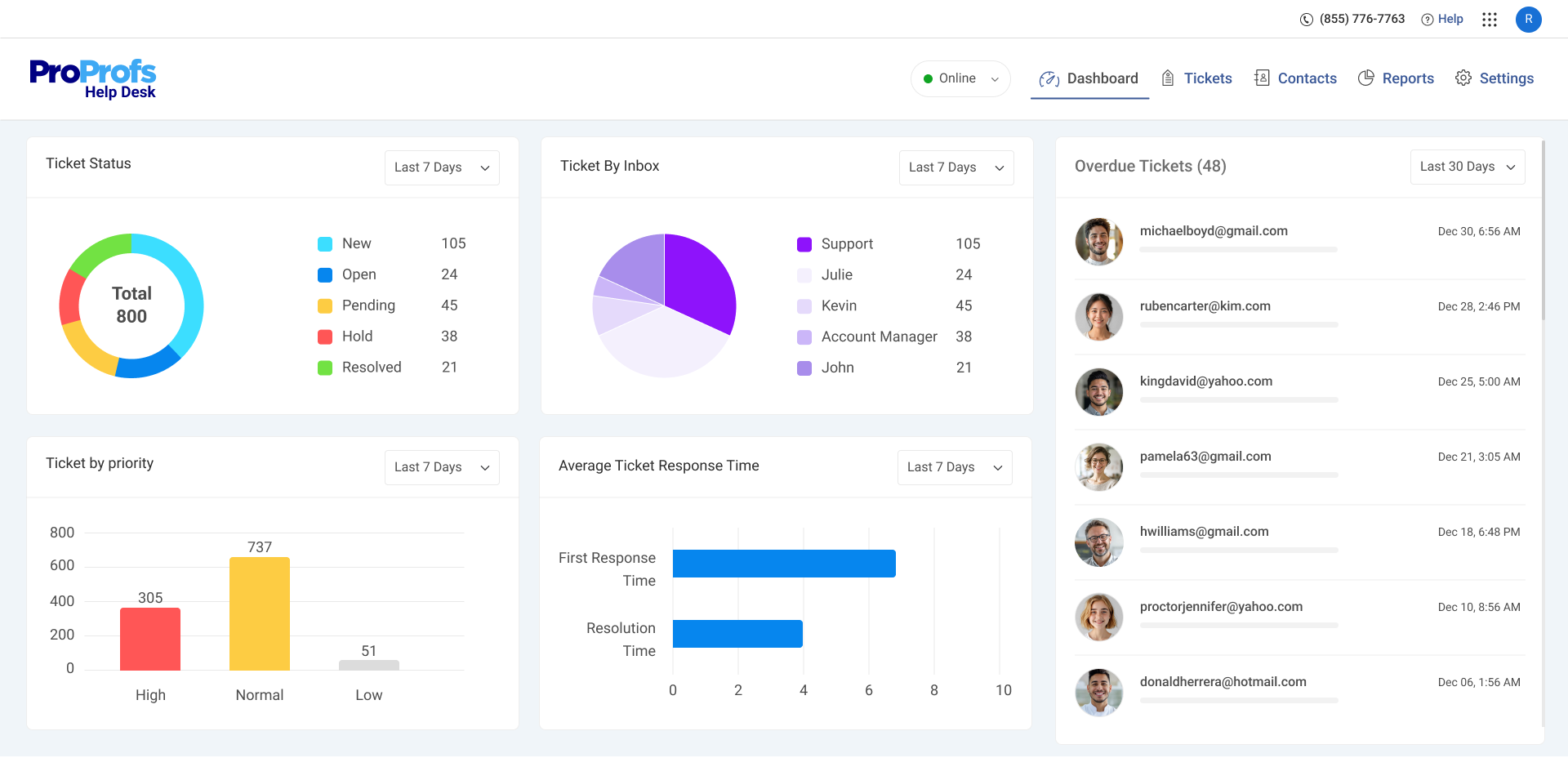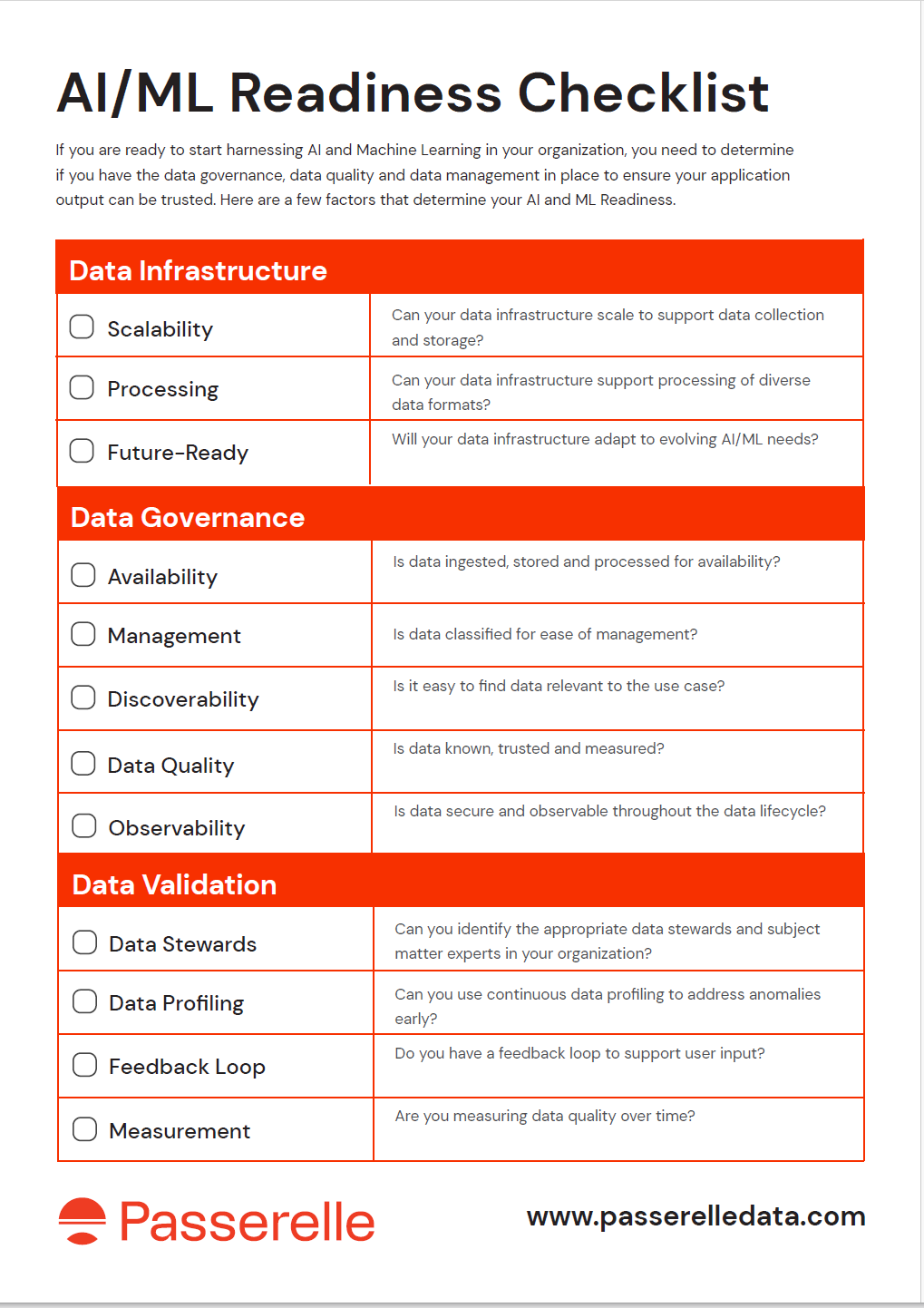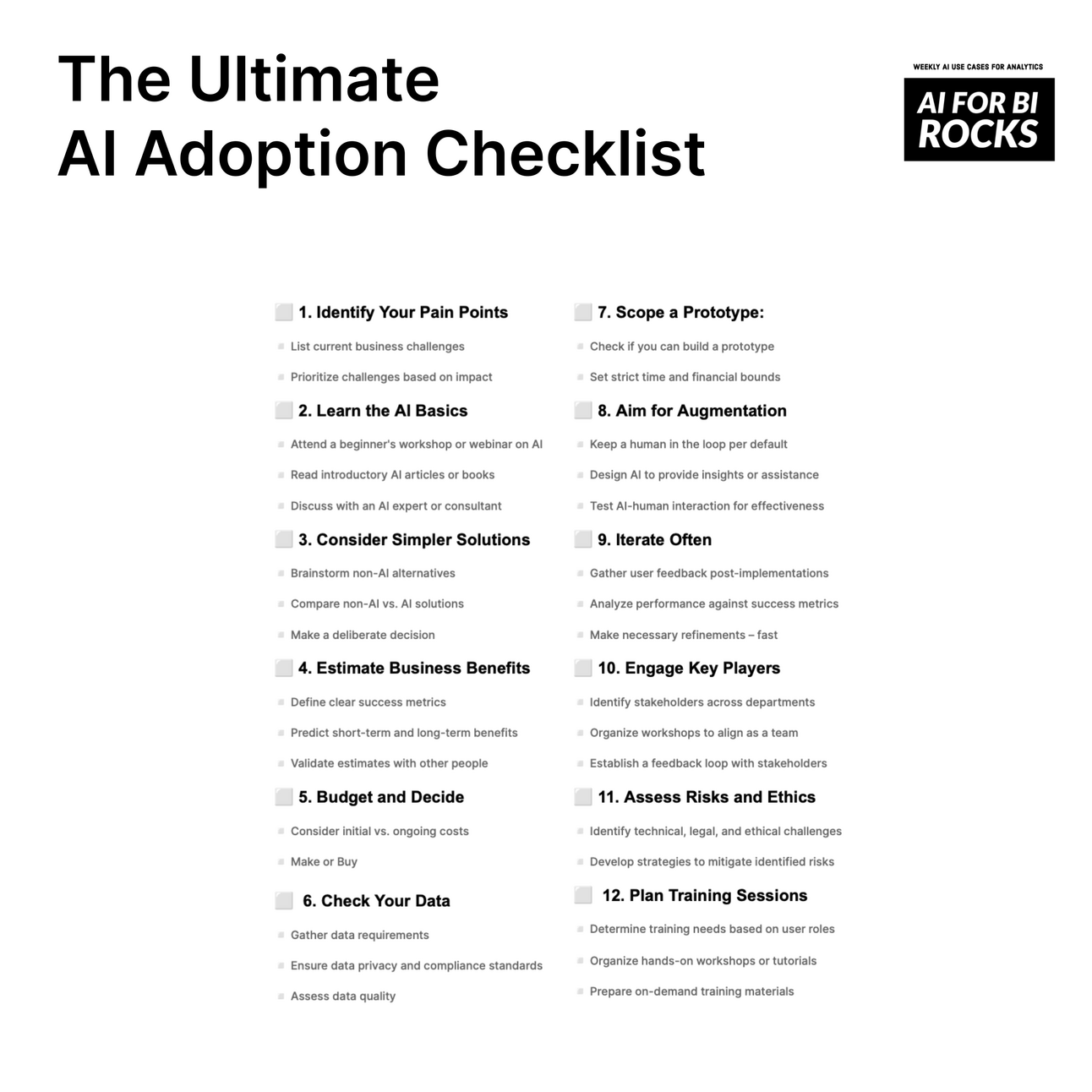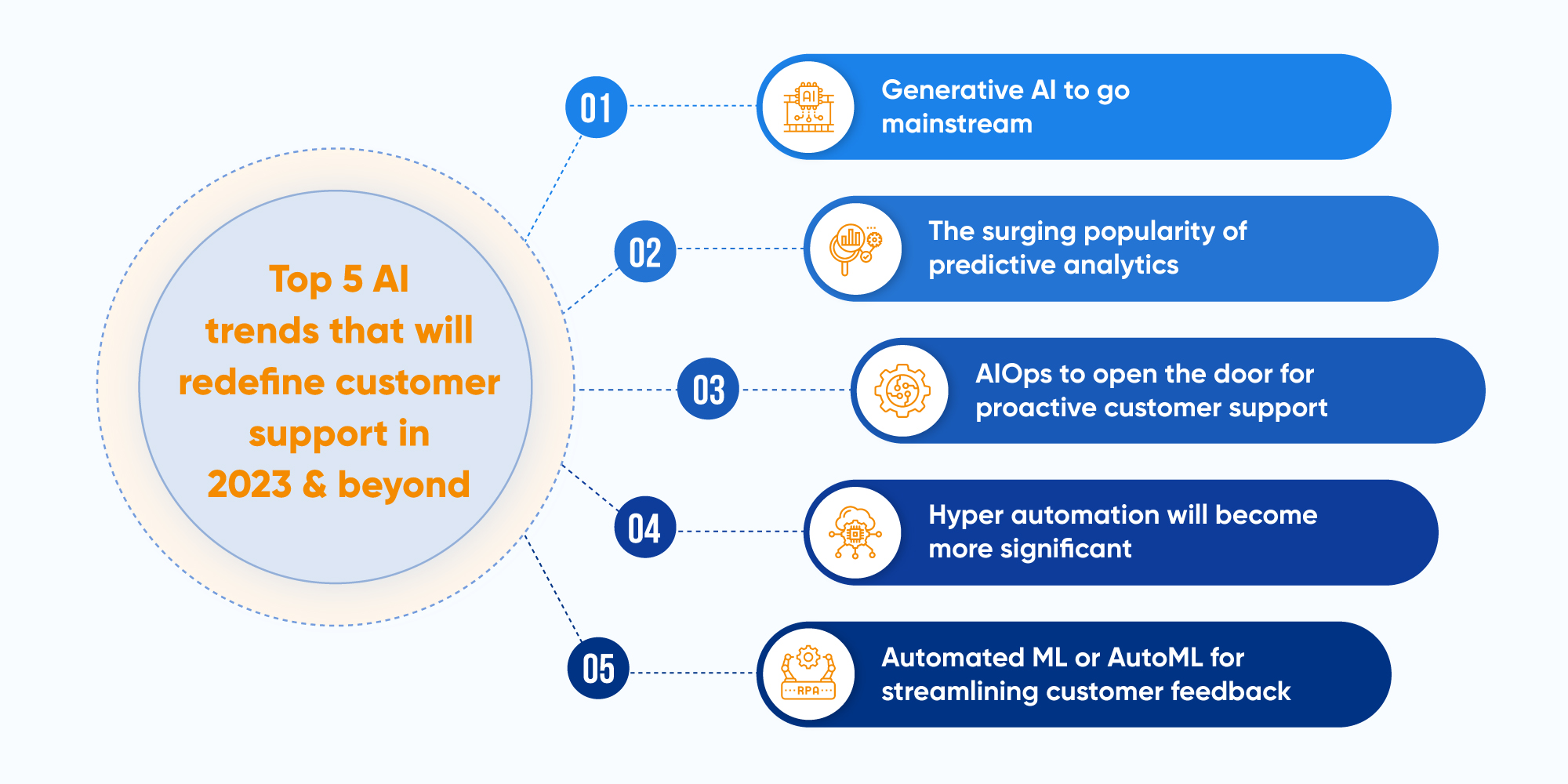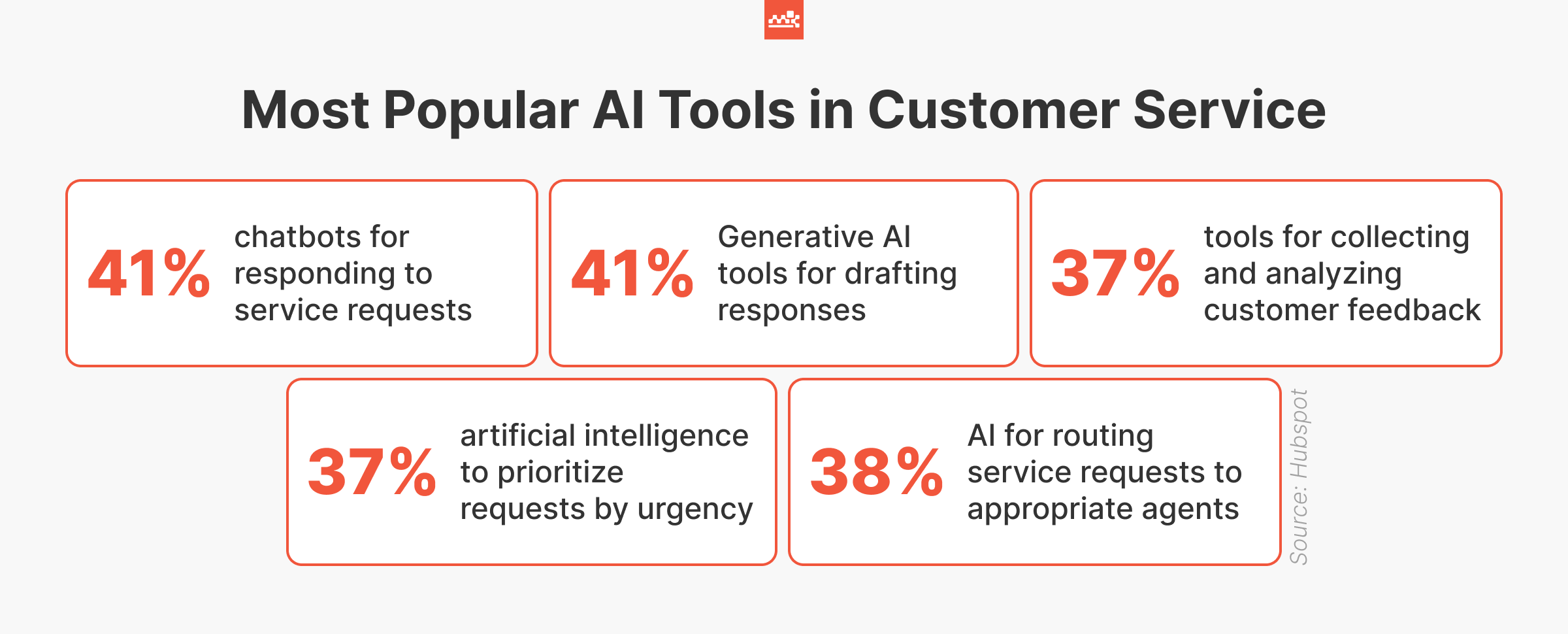Introduction
AI for customer service transforms how businesses interact with clients by providing instant support, analyzing queries, and delivering personalized solutions 24/7.
In today’s fast-moving digital world, businesses striving to deliver top-tier support cannot afford to ignore AI for customer service. Whether you run a small support desk or a global contact centre, artificial intelligence is reshaping how we engage customers, solve issues, and scale support operations. In this guide, we’ll walk you through what AI for customer service means, why it matters, key applications and benefits, how to implement it successfully, and what challenges you’ll likely face.
By the end of this article, you’ll have a clear roadmap to evaluate, adopt, and optimise AI-driven customer service and support — and position your team to deliver faster, smarter, more personalised experiences.
Why AI for Customer Service Matters

1. The rising demand for service excellence
Consumers today expect fast, accurate responses — often 24/7 — across multiple channels (chat, voice, email, social). Traditional models of human-only support are struggling to keep up. In fact, AI is increasingly recognised as essential: one industry piece lists “10 ways AI is revolutionising customer service in 2025,” including conversational virtual agents, real‐time analytics, and routing optimisation. Webex Blog
2. The competitive advantage of AI for support
By embracing AI for customer service, organisations can:
-
Automate routine enquiries, freeing human agents for more complex issues.
-
Provide faster resolution, which improves customer satisfaction and loyalty.
-
Gain deeper insight into customer behaviour and sentiment in real-time.
-
Scale support operations without linear rises in headcount or cost.
3. The cost & scale challenge
Contact centres and support teams face high costs, high turnover, and growing volume of queries. AI enables smarter resource allocation, by deflecting simple tasks to bots and involving humans only when needed. For example, AI‐powered call monitoring tools can evaluate calls in real time and provide instant feedback — improving performance and reducing error. calldrip.com
What Does AI for Customer Service Look Like Today?
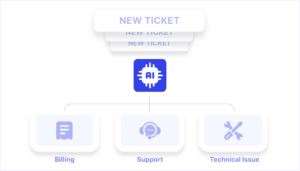
1. Conversational bots and virtual agents
One of the most visible applications of AI for customer service is chatbots and virtual assistants built on natural language processing (NLP). These are capable of handling routine inquiries — like order status, password resets, FAQs — without human involvement. According to the “10 ways AI is revolutionising customer service in 2025” article, conversational virtual agents are now able to understand natural speech and deliver self-service at scale.
2.Ticket classification and routing
AI for customer service isn’t just about bots. Behind the scenes, many solutions use machine learning to classify incoming tickets, route them to the right team, prioritise them, and even suggest solutions or scripts to agents. One article on “15 Best AI Customer Service Software” highlights how features like ticket classification, knowledge-base auto-suggestion and flow builders are becoming standard.
3. Predictive analytics, sentiment & voice analysis
AI tools analyse more than just the text of a conversation. They can assess tone, sentiment, behaviour patterns, and predict likely outcomes. For example in call centres, AI call monitoring solutions identify recurring issues, coach agents in real time, and give consistent evaluations — turning conversation data into actionable insights.
4. Self-service and knowledge-base automation
Intelligent systems examine incoming queries, detect gaps in knowledge-base content, and either supply immediate answers or prompt content creation. This reduces dependency on human agents and enhances user satisfaction. The “15 Best AI Customer Service Software” blog mentions auto-suggestion of knowledge-base content as a strong AI capability. Kustomer
5. Dynamic routing & proactive engagement
AI can detect when a conversation is going off-track (e.g., customer frustration, repeated questions) and escalate to a human or change channel dynamically. Automation can also proactively reach out when a likely issue is detected (e.g., service outage), rather than waiting for the customer to complain.
3. Benefits of AI for Customer Service & Support
1. Improved customer satisfaction (CSAT)
AI-powered support means faster responses, fewer errors, and a more consistent experience. Real-time sentiment detection, routing to right agent, and self-service options all contribute to better CSAT scores.
2. Operational cost reduction & efficiency
By automating many parts of the support workflow — chatbots, ticket triage, knowledge base suggestions — the overall cost per contact drops. Some call-tracking AI tools show significant performance improvements via agent coaching and automation. LevelAI+1
3. Insights & continuous improvement
AI systems capture rich data about every interaction. They detect trends, recurring issues, and performance bottlenecks. With this intelligence, support teams can proactively fix root causes rather than just respond to symptoms. The call-tracking article highlights how AI transforms everyday conversations into strategic insights. maqsam.com+1
4. Scalability & consistency
When customer bases grow, manually scaling support is expensive and error-prone. AI allows organisations to maintain or improve service quality even in high‐volume settings — for example, routing urgent issues even when agent availability is limited.
5. Empowering human agents
AI doesn’t replace humans; it augments them. By handling routine tasks, AI frees agents to focus on complex, empathetic interactions. It also gives agents real-time suggestions, context, and feedback — turning them into more productive, confident staff.
Key Use Cases of AI for Customer Service
1. Self-service chatbot & voice assistants
The simplest and most common use case: AI bots provide 24/7 support, answering FAQs, handling routine tasks, and handing off to humans when needed. This improves reach and reduces wait times.
2. Support ticket automation & routing
AI analyses inbound requests (via chat, email, voice) and classifies them, assigns priority, selects the right agent or team, and suggests resolution paths. This reduces human triage time and improves accuracy.
3. Agent assistance & real-time coaching
During a live call or chat, AI can offer prompts to the agent: suggest answers, warn of unhappy customer sentiment, highlight upsell opportunities, or prompt next steps. Real-time analytics and feedback enable continuous improvement. (See call monitoring example: real-time insight, scoring, coaching). calldrip.com+1
4. Predictive analytics & proactive outreach
By analysing customer behaviour and interaction patterns, AI can predict when a customer might face an issue (e.g., service degradation, refund request) and proactively reach out. It can also alert support teams to emerging issues before they escalate.
5. Knowledge-base and content automation
When incoming queries reveal gaps, AI suggests content updates, adds new FAQs, or even auto-generates draft responses. As one article states, knowledge-base auto-suggestion is a key part of AI customer service software. Kustomer
6. Multichannel integration and unified view
AI enables support across voice, chat, email, social media, SMS — and brings all these into a unified agent view. For example, call-tracking software paired with AI provides holistic customer interaction insight.
How to Build an AI-Powered Customer Service Strategy
1. Define clear business objectives
Start by asking: What do we want from AI for customer service? Goals might include: reduce first-response time, improve first-call resolution, deflect X% of routine queries, scale without hiring Y more agents. Clear objectives guide tool choice and data strategy.
2. Assess current support maturity & data readiness
-
What channels do you support (voice, chat, email, social)?
-
How many queries per week/month? What are common issues?
-
Do you have clean interaction data (transcripts, tickets, recordings)?
-
What KPIs do you use (CSAT, NPS, AHT, FCR)?
AI is only as good as the data and processes behind it.
3. Select the right tools and tech stack
Choose solutions that support your channels, integrate with your CRM/agent tools, and support analytics. Many vendors now offer AI-powered customer service modules: e.g., the “15 Best AI Customer Service Software” article highlights ticket classification, knowledge automation, flow builders. Kustomer
4. Develop a roadmap & pilot program
Rather than launching full-scale, start with a pilot. For example: deploy a chatbot on your FAQ page, or triage routine email tickets with AI. Measure results, refine, then scale. Ensure agent training, monitor performance, and capture lessons learned.
5. Train your team & redefine agent roles
When AI takes over routine tasks, human agents shift to higher-value work (complex issues, empathy, customer retention). Provide training on using agent assistance tools, interpreting AI prompts, and staying customer-centric. Change management is critical.
6. Monitor performance & iterate
Track your KPIs: response time, resolution rate, CSAT, cost per contact. Monitor how the AI is performing (accuracy of classification, correct routing, escalation rates). Use feedback loops to refine scripts, knowledge base, and AI models.
7. Ensure data privacy & ethics
Support interactions often involve sensitive customer data. Ensure your AI vendor complies with relevant regulations (GDPR, CCPA, local laws). Transparency and customer trust are essential.
8. Scale and expand
Once your pilot delivers value, expand to additional channels (voice, social, SMS), increase automation scope, and refine analytics. Keep integrating customer insights into product improvements, marketing, and service design.
Common Challenges & How to Overcome Them
1. Poor data quality or insufficient volume
AI tools need good training data. If you have inconsistent transcripts, un-tagged conversations, or very low interaction volume, you may struggle to achieve accuracy. Solution: clean your data, establish tagging and transcription workflows, and start small.
2. Lack of integration & silos
If your support channels, CRM, and analytics tools are disconnected, AI can’t deliver full value. Ensure your stack is integrated before AI is layered on top.
3. Agent resistance and change management
Agents might fear automation or feel tools intrusive. Engage them early, highlight how AI helps them work smarter, not replace them, and provide training. Involve them in design and feedback loops.
4. Over-automation without human fallback
If you push bots too aggressively, you risk frustrating customers who need human empathy. Design clear escalation paths and monitor when humans should intervene.
5. Measuring ROI and setting realistic expectations
AI is powerful but not a magic bullet. Set realistic goals, track incremental improvements, and communicate wins clearly. For example, the call-tracking article shows measurable agent improvements.
6. Data privacy, bias & ethical concerns
AI models may inherit bias from training data. Maintain oversight, track disparate impact (e.g., certain groups always needing human escalation), and ensure transparency in data use.
Real-World Case Example & Best Practices
Here’s a composite (not vendor-specific) example of how a business implemented AI for customer service:
Scenario: A mid-sized SaaS company receives ~5,000 support tickets/month via email and chat. Average first response time (FRT) is ~3 hours, and first-call resolution (FCR) is ~55%. Customer satisfaction (CSAT) is drifting.
Implementation steps:
-
Deploy an AI chatbot on the website to address common queries (password resets, billing inquiries).
-
Use ML to classify and prioritise incoming tickets and route to the correct team (technical vs billing vs general).
-
Introduce an agent assistant tool that suggests answers in real time, flags customer sentiment, and prompts next best steps.
-
Monitor KPI changes and refine flows.
Results after 3 months:
-
Website chatbot handled ~20% of queries, reducing load on human agents.
-
FRT dropped from 3 hours to ~1.2 hours.
-
FCR rose from 55% to ~65%.
-
CSAT improved by ~12%.
-
Agents reported higher job satisfaction, as they dealt with fewer routine queries and more meaningful work.
Best practices observed:
-
Start small and scale.
-
Maintain human oversight and clear escalation paths.
-
Continuously refine knowledge base and bot flows based on real queries.
-
Use analytics not just for reaction but for proactive improvement.
Checklist: Are You Ready to Use AI for Customer Service?
Here’s a quick readiness checklist to evaluate your organisation before launching AI for customer service:
-
Do you have multiple support channels (email, chat, voice) and sufficient volume to justify AI?
-
Are your support interaction data (transcripts/tickets) clean, tagged, and accessible?
-
Have you defined clear objectives (response time, resolution rate, cost per contact)?
-
Do you have leadership buy-in and budget for AI tools, training, and change management?
-
Is your tech stack (CRM, helpdesk, analytics) integrated or scheduled to be integrated?
-
Have you mapped processes: which queries will AI handle, which will go to humans?
-
Do you have KPIs and dashboards ready to monitor AI performance after launch?
-
Have you planned human fallback paths and agent training for working with AI tools?
-
Are you ready to iterate — review results, refine flows, update knowledge-base, retrain models?
-
Do you comply with data privacy regulations and have ethical guardrails (bias, transparency)?
If you answered “yes” to most of the above, you’re well positioned to move forward with AI for customer service.
Action Plan: Deploying AI for Customer Service in Your Organization
Here’s a practical step-by-step action plan tailored for your organisation:
Week 0-2:
-
Form an internal steering team (support lead, IT, data analytics, operations).
-
Define objectives and KPIs (e.g., reduce first response time by 40%, increase FCR to 70%).
-
Audit current state: channels, volumes, agent workflows, common issues.
Week 3-4:
-
Clean and tag past conversation/ticket data (e.g., by issue type, sentiment).
-
Choose vendor(s) or evaluate built-in AI modules in your existing support tools.
-
Map which use cases to pilot (e.g., chatbot for FAQs, ticket routing automation).
Week 5-8 (Pilot phase):
-
Deploy chatbot or AI triage for a subset of channels (e.g., web chat) or query types.
-
Integrate with existing CRM/helpdesk.
-
Train agents on using AI assistance tools and escalation paths.
-
Run pilot for ~4 weeks, collect KPI data (response times, deflection rate, CSAT).
Week 9-12 (Evaluation & refinement):
-
Analyse pilot results against objectives.
-
Review bot accuracy, routing accuracy, agent feedback, customer feedback.
-
Refine knowledge base, workflows, bot scripts.
-
Expand scope: additional channels, more complex query types.
Quarterly onward:
-
Scale to full deployment across channels.
-
Continuous monitoring: track metrics, identify root causes, adjust AI models.
-
Organise agent coaching sessions using AI analytics (e.g., which agents need support, recurring issue types).
-
Use insights to optimise products, services and customer journeys (AI for customer service as strategic asset).
Future Trends in AI for Customer Service
1. Multimodal AI support
AI will increasingly combine voice, chat, video and text in unified support flows. For example, customers might start on chat, escalate to voice, and the AI retains context seamlessly.
2. Generative-AI enabled support
With advances in large language models (LLMs), AI for customer service will become more conversational, proactive, and context-aware — able to draft responses, generate knowledge-base articles and personalise engagement at scale.
3. More human-like empathy and tone
AI is evolving to detect tone, emotion and context — enabling more empathetic responses and identifying when a human must intervene (e.g., high-emotion customer, complex grievance). Research into tone-aware chatbots shows promising results. arXiv
4. Integrated ecosystem & orchestration
Support platforms will orchestrate across CRM, marketing, sales, service, and knowledge-management systems. AI will act as the glue, unifying data, channels and workflows to deliver seamless customer journeys.
5. Ethical AI and trust-centric design
As AI handles more customer interactions, trust and ethics become central. Organisations will invest in transparency, fairness, bias mitigation and data security.
Conclusion
Deploying AI for customer service isn’t just a technology upgrade — it’s a transformation in how you support customers, empower agents, and scale operations. With the right strategy, data readiness, tools and change management, you can elevate support from reactive firefighting to proactive, insight-driven engagement.
From chatbots handling routine queries to AI-driven insights that shape your entire support model, the future of customer service is here. Use this guide as your roadmap: set your goals, pilot smart, measure performance, refine continuously — and you’ll be well on your way to building a world-class support experience.
If you’re ready to explore how AI can optimise your support workflows, reduce costs and improve customer satisfaction, start today — your customers and agents will thank you.
For more insights on how technology is reshaping support and service, visit our blog: Explore more articles








